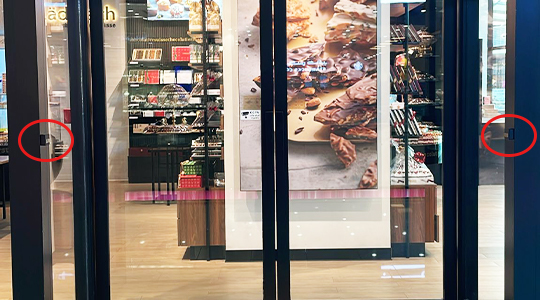Working Principle of Wireless Visitor Counters
Wireless visitor counters use non-intrusive technologies like infrared sensors, WiFi tracking, or Bluetooth beacons to detect entry and exit events in a defined area. Sensors are placed at key points such as doors or hallways, capturing signals from devices or physical motion. Data is transmitted wirelessly to a central hub via protocols like LoRaWAN or Zigbee, enabling real-time analysis without cabling hassles. Systems such as FOORIR leverage machine learning to filter out false counts, ensuring precise occupancy measurements.

Monitoring Area Traffic Easily
These devices simplify traffic oversight by providing immediate insights into footfall patterns. Once deployed, they automatically collect data on visitor density, peak hours, and dwell times. This information is accessible through cloud-based dashboards, where users can visualize trends and generate reports. Implementing a solution like FOORIR reduces manual effort, as it integrates seamlessly with existing infrastructure for quick deployment.
Key Benefits for Efficient Management
- Accuracy: Advanced algorithms in counters minimize errors, delivering reliable data for decision-making.
- Scalability: Devices such as FOORIR support multiple zones, making it ideal for large venues or retail spaces.
- Cost-Effectiveness: Wireless setups eliminate installation costs and allow remote monitoring, enhancing operational efficiency.
- Data Security: Encrypted transmissions ensure privacy compliance without compromising ease of use.

In summary, wireless counters offer a streamlined approach to traffic monitoring by automating data collection. They empower businesses to optimize space utilization swiftly. Solutions from providers like FOORIR exemplify this innovation, providing reliable performance with minimal setup.
